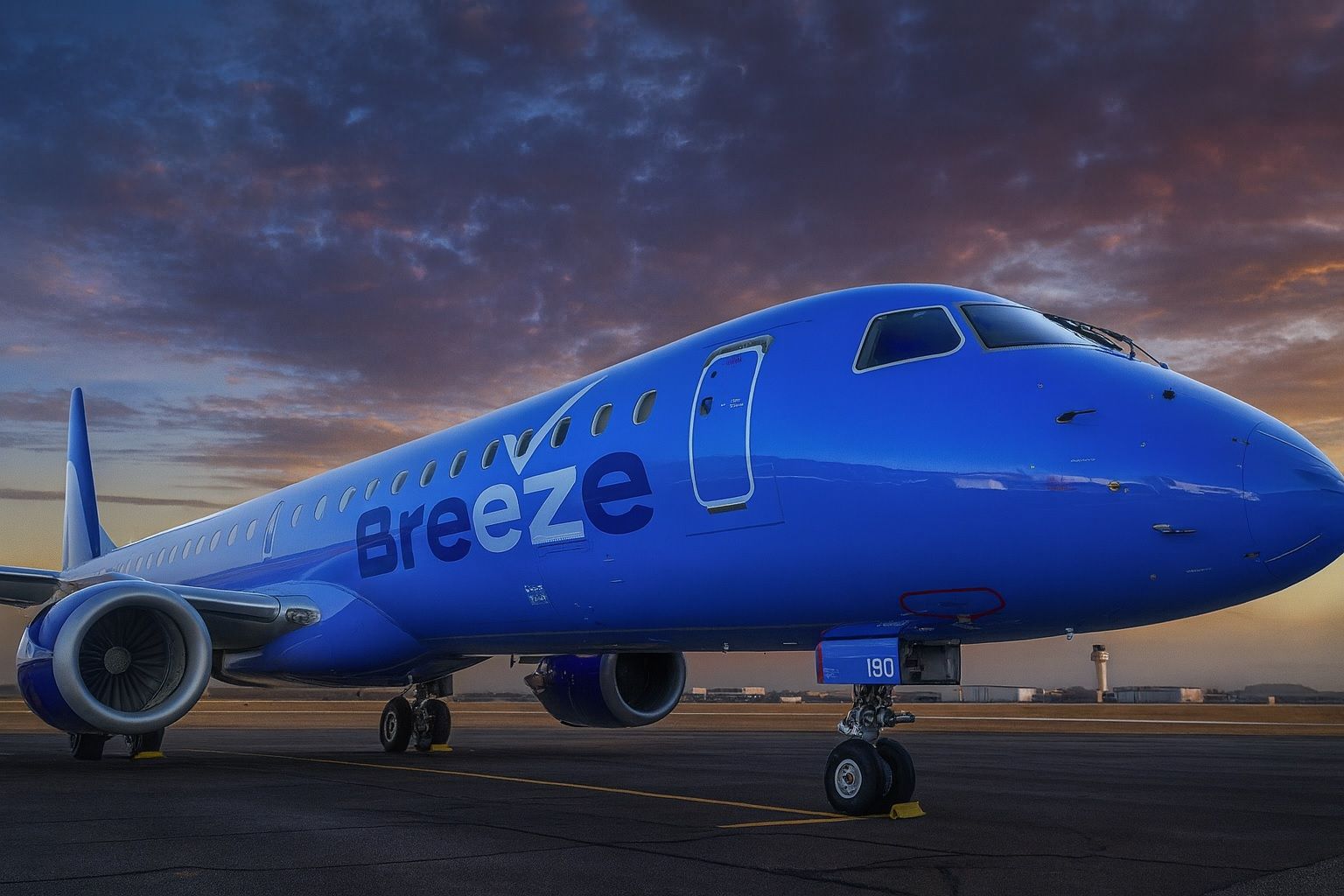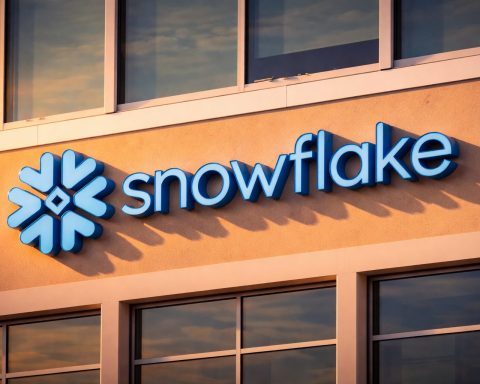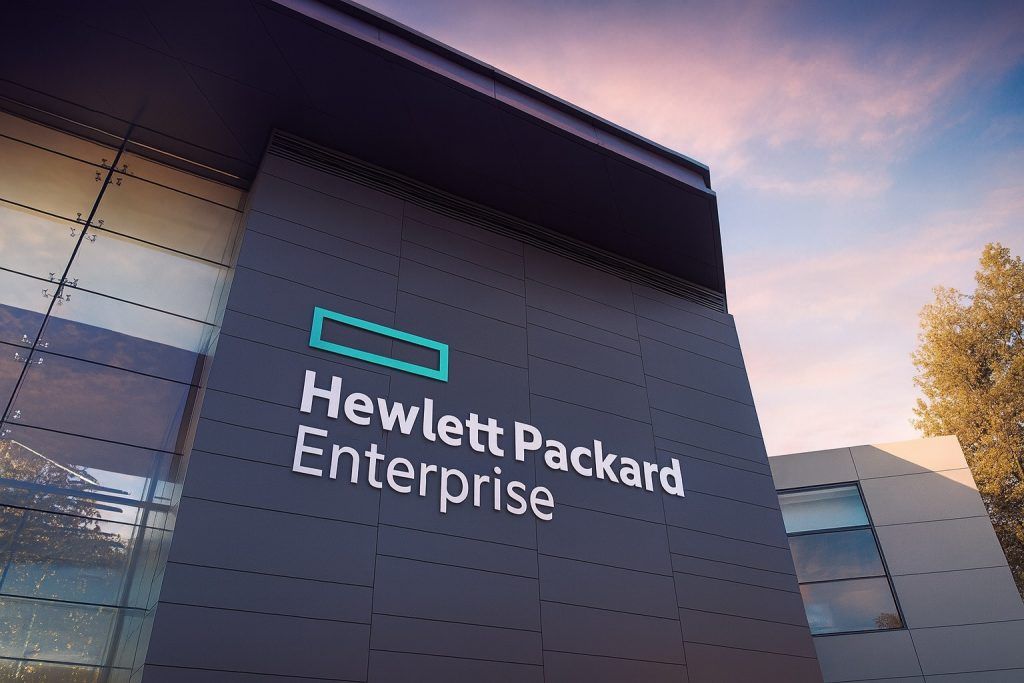- New Financing Secured: Startup carrier Breeze Airways has closed a $47.5 million secured debt financing deal with AIP Capital to fuel its expansion plans [1]. The loan is backed by collateral like spare aircraft parts, a spare engine, and even a flight simulator [2].
- First International Routes Launching: The 4-year-old airline (founded by JetBlue creator David Neeleman) will launch its first-ever international flights in early 2026, with nonstop routes from multiple U.S. cities to Cancun (Mexico), Punta Cana (Dominican Republic) and Montego Bay (Jamaica) [3]. This comes after Breeze obtained U.S. flag carrier status to operate overseas routes [4].
- $99 Intro Fares: To kickstart its international debut, Breeze is offering one-way fares from just $99 on the new Caribbean routes as a promotional lead-in [5]. These budget fares (in Breeze’s “No Flex” basic tier) include only a personal item, with add-ons like bags or seat selection available for extra [6] – a typical ultra-low-cost model.
- Domestic Growth Continues: Breeze isn’t slowing down at home either – it added several new U.S. destinations this year (from Florida’s Fort Lauderdale and Key West to upstate New York and Memphis) and plans to start service to Lincoln, NE, and Tri-Cities, TN by year-end [7]. The airline now serves 81 cities across the U.S. (with Mexico and Caribbean soon in the mix) [8], largely targeting routes neglected by larger carriers.
- Strategic Backing & Vision: Breeze’s CFO Trent Porter says this fresh financing will support the airline’s growth strategy, which includes new routes and ancillary products to enhance the travel experience [9]. AIP Capital’s Colm Daly, who structured the deal, lauded the “bespoke financing solution” as a sign of confidence in Breeze’s strategic growth [10]. Neeleman envisions a long runway ahead – he believes there’s “enough market for about 400 aeroplanes” in Breeze’s niche [11], hinting at ambitious expansion beyond the 55 aircraft it operates today.
Financing Fuels Breeze’s Expansion
In a deal announced this week, Breeze Airways and investment firm AIP Capital confirmed the closing of a $47.5 million secured debt financing on October 14 [12]. The funding, provided through AIP’s private credit arm, is secured by a diversified collateral package – namely Breeze’s spare parts inventory, a spare engine, and a flight simulator [13]. This kind of asset-backed loan signals investor confidence in the airline’s hard assets and growth plan. “We are proud to deepen our relationship with Breeze Airways by providing a bespoke financing solution to support Breeze’s strategic growth,” said Colm Daly, a director at AIP [14], underscoring that the transaction showcases AIP’s ability to craft innovative funding deals for airline partners.
Breeze intends to put the $47.5M to work immediately in expanding its network and product offerings. “We’re excited to have partnerships like AIP looking to explore innovative ways to support Breeze’s growth and mission to provide an elevated premium leisure experience to our current and future guests in unserved and underserved communities,” Trent Porter, Breeze’s Chief Financial Officer, said of the financing [15]. In other words, the infusion will help Breeze accelerate its strategy of connecting secondary cities with popular destinations, while enhancing the travel experience with new ancillary services (from better in-flight amenities to more booking options). The financing comes as Breeze hits key milestones – the airline has been expanding routes and was recently honored as a top-4 domestic airline by Travel + Leisure for the fourth straight year [16], reflecting its growing brand recognition.
Caribbean Flights for a “Seriously Nice” Winter Getaway
Breeze’s growth spurt now extends beyond U.S. borders. Last month, the airline cleared a crucial regulatory hurdle by securing U.S. flag carrier certification, which allows it to operate scheduled international flights [17]. Breeze promptly unveiled plans for its first international routes, a significant milestone for the young carrier. Starting in January–March 2026, Breeze will begin nonstop flights from six U.S. cities – including Charleston (SC), New Orleans (LA), Norfolk (VA), Providence (RI), Raleigh-Durham (NC), and Tampa (FL) – to three sunny destinations: Cancun, Mexico; Punta Cana, Dominican Republic; and Montego Bay, Jamaica [18]. All seven routes will operate seasonally during the winter months, tapping into the peak vacation travel period when Americans crave warm beaches and escape from the cold [19].
To entice travelers, Breeze announced eye-catching introductory fares. One-way tickets start at $99 on the new international routes [20], making a Caribbean getaway more accessible for cost-conscious flyers. These ultra-low fares are offered in Breeze’s lowest fare class (“No Flex”), which covers the flight and a personal item – passengers can customize the rest, paying extra for checked bags, seat assignments, or bundling perks via the airline’s “Nice”, “Nicer”, and “Nicest” fare packages [21]. Even with add-ons, Breeze’s promotional pricing undercuts many legacy carriers; a winter jaunt to Cancun or Jamaica could now be within reach for travelers from cities like Providence or Raleigh that previously had no nonstop service to those vacation spots [22].
Breeze’s leadership frames this international foray as just the beginning. “We’re excited to bring the same convenience and elevated experience customers love about our domestic flights to three exciting new international destinations,” said CEO David Neeleman, celebrating the airline’s long-awaited global debut [23]. Executives hint that this initial batch of Caribbean routes is “just the start,” with Breeze eyeing further expansion – potentially even transatlantic flights to Europe in the future [24]. In fact, the airline has floated ideas of one day connecting U.S. secondary cities to places like Ireland, Scotland or the Azores if growth continues [25]. For now, Breeze is focusing on the Western Hemisphere, but the ambition to expand internationally is clearly part of its long-term vision.
Notably, Breeze’s international expansion is also creating jobs at home. For example, North Carolina’s Raleigh-Durham (RDU) airport will become an official Breeze crew base as the airline adds two international routes there, a move that will create about 200 pilot and flight attendant jobs in the Research Triangle region [26] [27]. RDU is the only city getting two of the new Caribbean flights (Montego Bay and Punta Cana), underscoring its importance in Breeze’s network. By establishing crew bases and multiple routes in mid-sized markets like Raleigh, Breeze is executing its strategy of building strong footholds outside the congested mega-hubs. “RDU was a natural fit for growth,” Neeleman said of choosing Raleigh as an expansion focus, calling it a thriving market with robust travel demand [28]. In effect, Breeze is doubling down on secondary airports that big airlines often overlook, aiming to become the hometown airline for those communities.
U.S. Network Growth in Underserved Markets
Even as it ventures abroad, Breeze continues to densify its domestic route map. In 2025, the airline has aggressively added new U.S. routes and destinations, staying true to its mission of connecting underserved city pairs. This year Breeze began service to places like Fort Lauderdale and Key West in Florida; Salisbury, Maryland; Greensboro, North Carolina; Albany and Rochester in New York; and Memphis, Tennessee [29] – cities that augment its coast-to-coast presence. By the end of this year, Breeze will also launch flights to Lincoln, Nebraska and the Tri-Cities region of Tennessee, further extending its reach into secondary markets [30]. In total, Breeze now operates over 300 routes across 81 airports in the United States, with Mexico and Caribbean destinations soon joining that tally [31].
This rapid network growth is enabled by Breeze’s young fleet and tailored strategy. The airline primarily flies Airbus A220-300 jets, a fuel-efficient 137-seat aircraft that offers a 2×3 seating layout and even a small business class section – an unusual perk for a budget airline [32]. Breeze currently has 55 aircraft in operation (including some Embraer regional jets), but it’s taking new A220 deliveries at a steady clip (about one new jet every three weeks from Airbus) as part of a massive 90-plane order [33]. The airline configures these jets with multiple classes (“Nice”, “Nicer”, “Nicest”), aiming to provide a more comfortable experience (like extra legroom or first-class style seating) while still keeping costs low. This “premium low-cost” approach lets Breeze attract a mix of passengers – from budget hunters to those willing to pay a bit more for added comfort – all while maintaining low operating costs on thinner routes.
Crucially, Breeze focuses on point-to-point flights that bypass traditional hub-and-spoke corridors. By connecting smaller cities directly to leisure destinations, Breeze avoids head-to-head battles with the major carriers. In fact, a remarkable 87% of Breeze’s routes have no direct competition from other airlines [34]. This means on most of its city pairs (say, Charleston to Provo or Akron to Tampa), Breeze is the only airline offering nonstop service. Filling these service gaps has been key to its early success. “Niche ultra-low-cost carriers are making money by operating nonstop routes with no competition,” CEO David Neeleman told Reuters recently, referring to Breeze and similar niche airlines [35]. By flying under the competitive radar into secondary airports, Breeze can achieve solid load factors and yields that might elude an incumbent trying to force a route to work from a major hub. Essentially, Breeze is cherry-picking routes where demand exists but legacy airlines don’t bother – and it’s working in the airline’s favor.
Financially, Breeze’s strategy is beginning to bear fruit. Despite being a startup airline launched in May 2021 (amid the pandemic recovery), Breeze has already notched some profitability milestones. It recorded its first-ever profitable quarter in Q4 2024, earning a modest operating profit on over $200 million in revenue that quarter [36]. For the full year 2024, Breeze’s revenues topped $680 million, a 78% jump year-over-year [37] – extraordinary growth in an industry where new entrants often struggle for years. According to DOT data, Breeze even “posted its first net profit in Q2 2025,” though official confirmation is pending [38]. Hitting break-even so early is uncommon in the airline world (historically, it can take 5–10 years for a new carrier to turn a profit [39]), and it underscores the strength of Breeze’s model and pent-up demand on the routes it serves. Breeze executives remain bullish: with a pipeline of new aircraft coming and fresh capital to deploy, the airline is poised for continued expansion. Neeleman sees a “tremendous growth opportunity” ahead, recently saying “there’s enough market for about 400 aeroplanes…we only have 50 so far, so there’s a lot of leverage if you can get it right” [40]. In other words, Breeze believes it has barely scratched the surface of its potential market – a bold claim that, if realized, could make Breeze a major national player in the next decade.
Industry Outlook and Competitive Landscape
Breeze’s latest moves come amid a bustling – and at times turbulent – U.S. airline industry. Travel demand remains robust heading into late 2025, particularly for leisure travel, which is the bread-and-butter of low-cost carriers. Analysts anticipate a strong holiday travel season this year, with carriers like Delta even forecasting record fourth-quarter revenues and earnings on the back of sustained consumer demand [41] [42]. Airline CEOs from Delta to Allegiant report healthy bookings and pricing power through year-end [43]. This favorable environment has given many airlines confidence to expand. For instance, ultra-low-cost peer Frontier Airlines has been on a route spree – in one week earlier this month (Oct 7–12) Frontier launched 15 new routes across 17 cities [44], including new flights from Dallas-Fort Worth with fares as low as $29. Likewise, Allegiant Air is seeing record traffic; the Las Vegas-based budget carrier flew 12.6% more passengers in August 2025 than a year prior [45], and its management notes demand is “outperforming…expectations” even as it keeps fares ultra-cheap. Wall Street has taken notice of the budget airlines’ resilience: analysts currently rate Allegiant’s stock (NASDAQ: ALGT) as “Neutral” but with a 12-month price target around $67 – implying roughly 15% upside from mid-October levels [46]. That optimism reflects a view that even after a turbulent few years, well-run low-cost carriers can capitalize on Americans’ appetite for affordable travel.
However, the budget airline boom hasn’t lifted everyone. Spirit Airlines, once a pioneer in the ultra-low-cost space, filed for Chapter 11 bankruptcy protection earlier this month in a stark reminder of the industry’s challenges [47]. Spirit’s CFO bluntly cited “industry overcapacity among low-cost carriers combined with low passenger demand” as a recipe that led the company to collapse [48]. Essentially, too many seats chasing too few fare-paying passengers – exacerbated by high fuel costs and a costly failed merger attempt – pushed Spirit over the edge. Frontier, which competed fiercely with Spirit on routes, also struggled with losses this year (it reported a ~$70 million loss in Q2 amid rising costs) [49]. Both Frontier and Spirit had also tried adding perks and roomier seats to attract higher-paying customers, a strategy that drew skepticism. “Has any airline repositioning itself up in the value chain succeeded and survived?” OAG analyst John Grant mused, warning that ultra-low-cost carriers can get into trouble if they stray from the rock-bottom cost model [50]. Meanwhile, the big legacy airlines haven’t been idle; they’ve aggressively courted budget travelers by offering bare-bones “Basic Economy” fares. This means majors like American, Delta, and United are now fighting for the same price-sensitive flyers, which squeezes pure ULCCs and raises the competitive bar [51]. In fact, American Airlines – long seen as an industry laggard – saw its stock jump in recent days after bullish forecasts suggested the tide is turning, showing how even the giants are benefitting from the strong market [52].
Amid this dynamic landscape, Breeze is attempting to chart a different course – one that avoids direct showdowns and emphasizes unique value. By concentrating on markets overlooked by others, Breeze has a cushion against some competitive pressures. The airline reports that 87% of its routes face no direct competition [53], insulating it from fare wars on those city pairs and allowing it to build a loyal customer base. “For budget travel from [these cities], we fill that niche…we see ourselves as a great alternative for folks that need a lower price,” Frontier’s CEO recently said of a similar strategy [54] – a sentiment Neeleman would likely agree with. Breeze’s bet is that many Americans in mid-sized cities will choose a non-stop flight on a low-cost carrier (with a bit of comfort sprinkled in) over a connection on a big airline, provided the price is right. So far, that bet seems to be paying off in load factors and community enthusiasm – witness the warm welcome Breeze has received in cities like Akron, Providence, Huntsville and others that finally have new nonstops thanks to the carrier.
Looking ahead, Breeze Airways’ forecast appears sunny but not without pockets of turbulence. The $47.5M war chest from AIP will help it scale up, but the airline must execute well to avoid the pitfalls that caught Spirit. Cost control, nimble management, and smart route planning will be vital, especially with fuel prices and labor expenses prone to fluctuation [55]. Fortunately, Breeze enters 2026 with significant momentum. Travel demand shows no sign of abating in its core leisure markets, and the broader industry is regaining pricing power. “The industry’s momentum is clear… with bookings and fares holding strong into the holidays,” noted one analyst as the year wraps up [56]. Barring any major external shocks, Breeze’s expansion – powered by fresh funding and a growing fleet – positions it as an increasingly prominent player in the post-pandemic aviation landscape. The airline’s willingness to venture where others won’t (or can’t) could continue to give it an edge. As CEO Neeleman famously said, “We only have 50 [planes] so far… it’s a tremendous growth opportunity” [57]. With plans for hundreds more planes and new routes on the horizon, Breeze Airways is betting that what’s been a “Seriously Nice” ride so far is just the beginning of a much bigger journey.
Sources: AirlineGeeks [58] [59] [60]; AIP Capital Press Release [61] [62] [63]; TS² (TechStock²) News [64] [65] [66] [67] [68]; AirGuide Business [69] [70] [71].
References
1. airlinegeeks.com, 2. airlinegeeks.com, 3. airlinegeeks.com, 4. airlinegeeks.com, 5. ts2.tech, 6. ts2.tech, 7. airlinegeeks.com, 8. www.prnewswire.com, 9. airlinegeeks.com, 10. www.prnewswire.com, 11. airguide.info, 12. airlinegeeks.com, 13. airlinegeeks.com, 14. www.prnewswire.com, 15. airlinegeeks.com, 16. www.prnewswire.com, 17. airlinegeeks.com, 18. airlinegeeks.com, 19. ts2.tech, 20. ts2.tech, 21. ts2.tech, 22. ts2.tech, 23. ts2.tech, 24. ts2.tech, 25. ts2.tech, 26. ts2.tech, 27. ts2.tech, 28. ts2.tech, 29. airlinegeeks.com, 30. airlinegeeks.com, 31. www.prnewswire.com, 32. airguide.info, 33. airguide.info, 34. airguide.info, 35. ts2.tech, 36. airguide.info, 37. airguide.info, 38. airguide.info, 39. airguide.info, 40. airguide.info, 41. ts2.tech, 42. ts2.tech, 43. ts2.tech, 44. ts2.tech, 45. ts2.tech, 46. ts2.tech, 47. ts2.tech, 48. ts2.tech, 49. ts2.tech, 50. ts2.tech, 51. ts2.tech, 52. ts2.tech, 53. airguide.info, 54. ts2.tech, 55. ts2.tech, 56. ts2.tech, 57. airguide.info, 58. airlinegeeks.com, 59. airlinegeeks.com, 60. airlinegeeks.com, 61. www.prnewswire.com, 62. www.prnewswire.com, 63. www.prnewswire.com, 64. ts2.tech, 65. ts2.tech, 66. ts2.tech, 67. ts2.tech, 68. ts2.tech, 69. airguide.info, 70. airguide.info, 71. airguide.info










